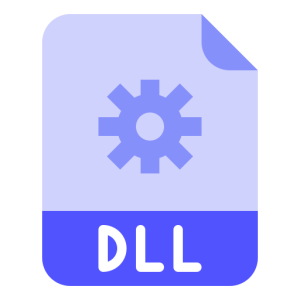Description
Microsoft Office Interop Excel is a dynamic link library (DLL) file that is a component of the Microsoft Office suite. It provides functionality for developers to interact with Microsoft Excel and manipulate Excel workbooks, worksheets, cells, and other Excel objects programmatically.
This DLL allows developers to create, read, update, and delete Excel files using their own custom applications or scripts. It provides a set of classes, methods, and properties that enable developers to automate Excel tasks, such as generating reports, analyzing data, performing calculations, and creating charts.
Microsoft Office Interop Excel is commonly used by developers who need to integrate Excel functionality into their applications or scripts. It allows them to access the full range of Excel features and capabilities programmatically, providing a seamless and efficient way to work with Excel data without manually performing tasks through the Excel user interface.
Key Features and Functionality
The Microsoft Office Interop Excel DLL offers a wide range of features and functionality for interacting with Excel. Some of its key features include:
- Workbook and Worksheet Manipulation: Developers can create, open, save, and close Excel workbooks. They can also add, delete, and modify worksheets within a workbook, as well as set properties such as the sheet name and visibility.
- Cell and Range Operations: The DLL provides methods to read and write values to cells, format cell properties (such as font, alignment, and borders), merge cells, and apply formulas and calculations.
- Data Import and Export: Developers can import data from external sources into Excel, such as CSV files or databases, and export Excel data to various formats, including PDF, CSV, and HTML.
- Chart Creation: The DLL allows for the creation and customization of Excel charts, including bar charts, line charts, pie charts, and more. Developers can set chart properties, add data series, and apply formatting.
- Advanced Excel Functionality: Developers can access and utilize advanced Excel features, such as pivot tables, conditional formatting, data validation, and macros.
Common Use Cases
The Microsoft Office Interop Excel DLL is widely used in various scenarios where programmatic access to Excel is required. Some common use cases include:
- Automated Reporting: Developers can automate the generation of reports by extracting data from various sources, processing it, and populating Excel templates with the results. This allows for streamlined and efficient report generation.
- Data Analysis and Manipulation: The DLL enables developers to perform complex data analysis tasks using the powerful calculation capabilities of Excel. They can manipulate and transform data, perform calculations, and generate insights.
- Data Integration: Developers can integrate Excel with other systems and databases, allowing for seamless data exchange between Excel and external data sources.
- Automated Data Entry: The DLL can be used to automate data entry tasks by programmatically populating Excel cells with data from external sources or generating data based on specific rules or conditions.
- Data Visualization and Reporting: Developers can create visually appealing charts and reports in Excel, using the DLL to populate the charts with data, apply formatting, and generate interactive visualizations.

